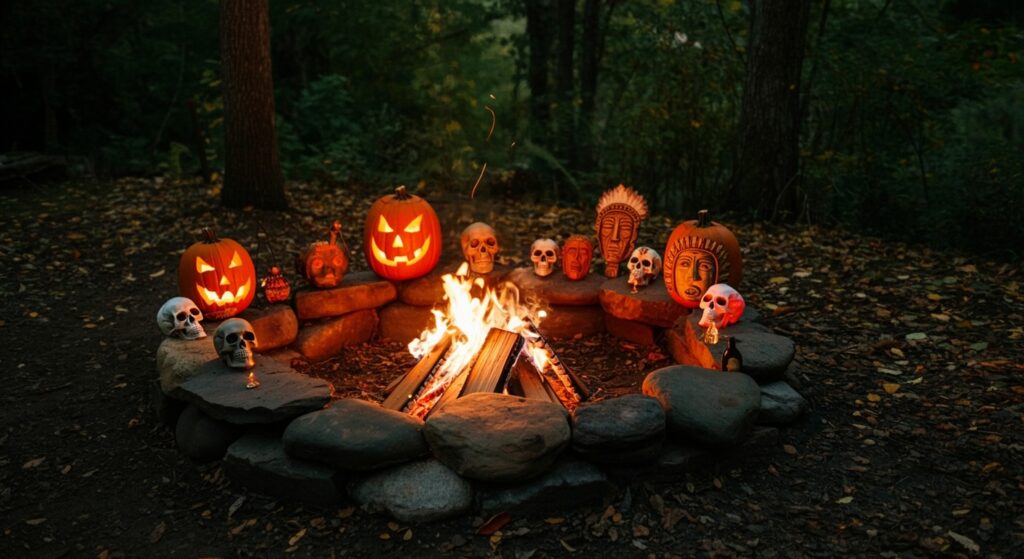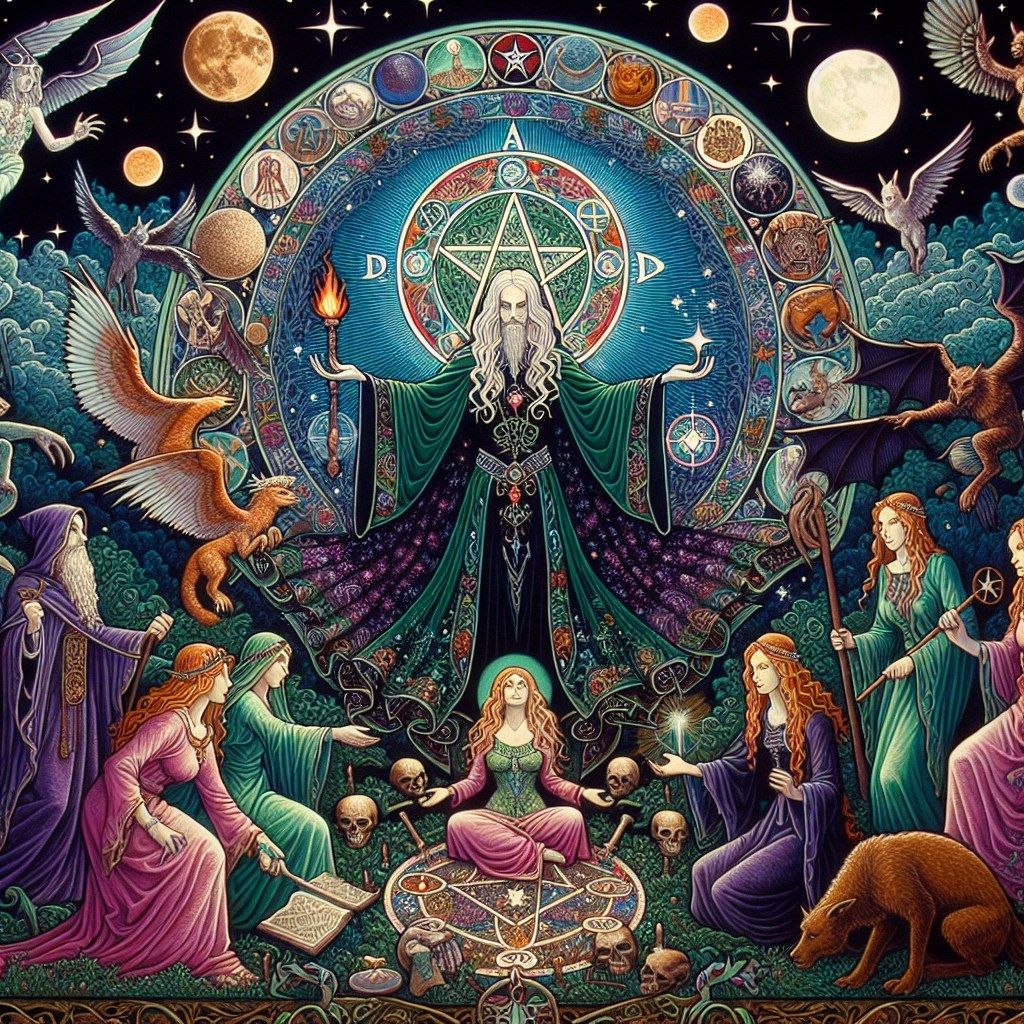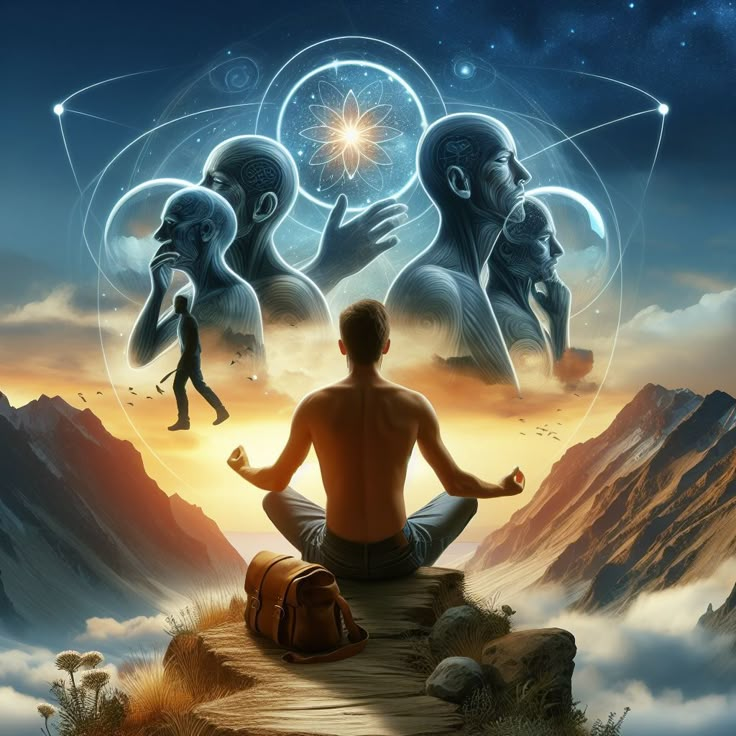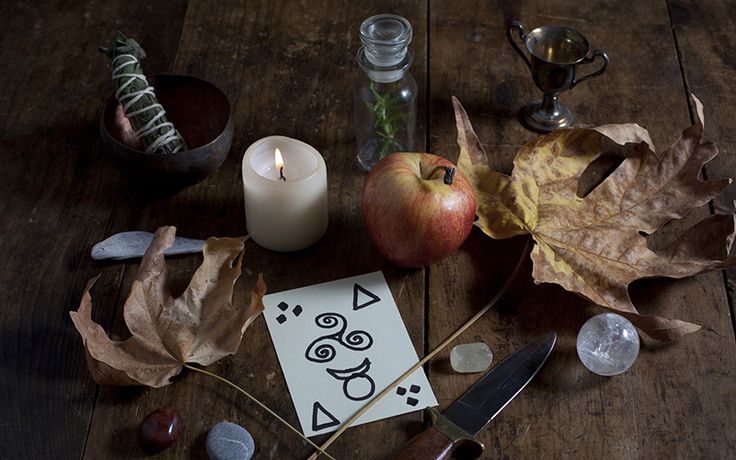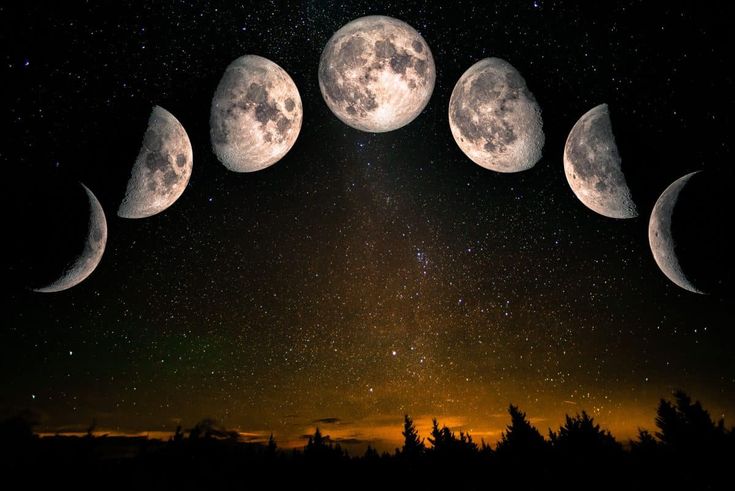Posted inPagan Beliefs and Practices
Atheopagan Solstice: Celebrating the Season Naturally
Atheopagans celebrate the winter season with rich, nature-based rituals free from theistic or supernatural elements. From Samhain to Yule, these observances focus on honoring the cycles of nature, connecting with the Earth, and celebrating life. Atheopagan rituals include symbolic practices, like the lighting of candles during Yule, and traditions such as the "advent" calendar. These celebrations create meaningful moments without relying on religious dogma, embracing a more grounded, natural approach to the holidays.

